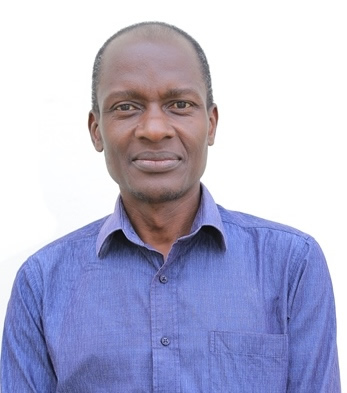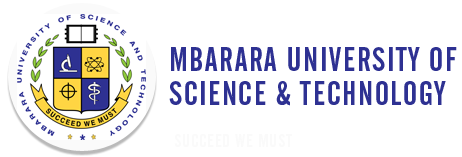Mathematics

Mr. Ronald Mwesigwa
HOD
The department was established in 1995 as one of the departments to offer a teaching subject to students pursuing a three-year programme in Bachelor of Science with education. It all started with a handful of lecturers few teaching assistants, no tutorial assistant, and less than 50 students. Ten years later, the departments had a teaching staff of eight lectures, out of which three were PhD holders at a position of senior lecturers. The student population stands at about 190, out of which 75 are in first year, 75 in second year and 40 in third year.
The activities of the department have been mainly teaching students who later join secondary school teaching, and others enroll for post graduate studies in mathematics, research carried out by staff, and participation in school practice as part of the community service. The department is recognized for its contribution to society through teaching of mathematics to those who become secondary school teachers, bankers, business men and women, and a few who choose to pursue higher degrees in mathematics because of their strong background in the subject.
Mission
To provide quality and relevant education at national and international levels with emphasis on science and technology and its application to community development.
Vision
* Greater number of students enrolled
* More teaching facilities
* Higher employment rate
* Improved services and support and more prevalent and helpful technology will add to the quality of teachers and researchers in mathematics
* At the same time, because of population growth, the changing needs of society, the needs of mathematics students and their employers will remain extensive and varied.
While significant strides will have been made in people’s appreciation of the role of mathematics, there will be an on-going push for community outreach and participation in the department’s activities.
Strategic direction
1. Review and deepen its existing services over time to ensure that they are a state-of-the-art for working effectively with students and employers.
2. Further assess student and community needs to identify gaps or needed shifts in service delivery. This assessment will serve as the basis for expanding or adding new services.
3. Take a leadership role in working with a range of mathematicians to identify and meet the needs of students and employers.
4. Explore the feasibility of expanding the department’s visibility in the community and making greater use of prominent researchers.
5. Emphasize management of its financial resources to invest in providing quality services. This includes allocating more finances towards research activities and acquiring and maintaining equipment.
Programmes
| Category | Duration | Study time |
|---|
